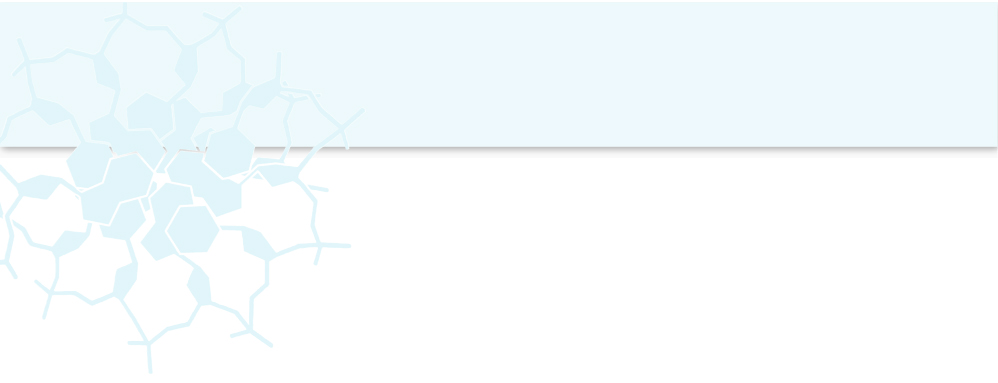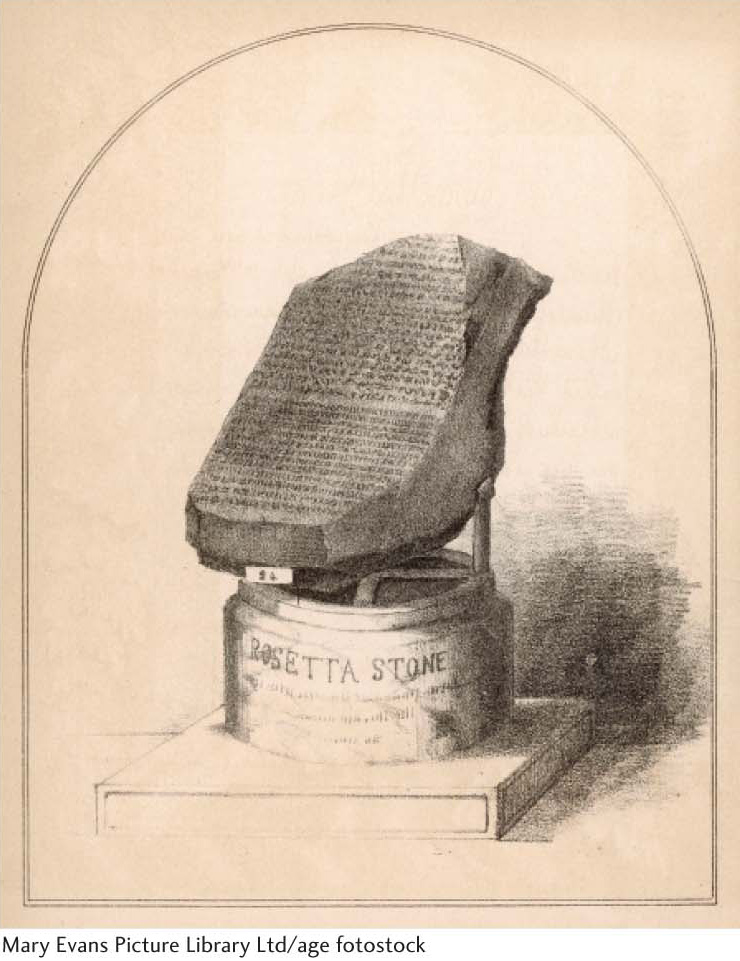
CHAPTER 39
The Genetic Code
Page 707

The Rosetta stone is inscribed with a decree issued by the Ptolemaic dynasty, which ruled Egypt from 305 B.C. to 30 B.C. The text is made up of three translations—Greek and two Egyptian scripts (hieroglyphics and demotic script)—of the same passage and enabled scholars to decipher hieroglyphics. The genetic code, deciphered by biochemists, allows the translation of nucleic acid information into protein sequence.

Many people spend hours weight training, with the goal of sculpting their bodies. Vigorous weight training can double or triple the size of a muscle. These people are altering their behavior so as to alter the biochemistry of their muscles; they are stimulating muscle-
Protein synthesis is called translation because the four-
Page 708
[Leave] [Close]